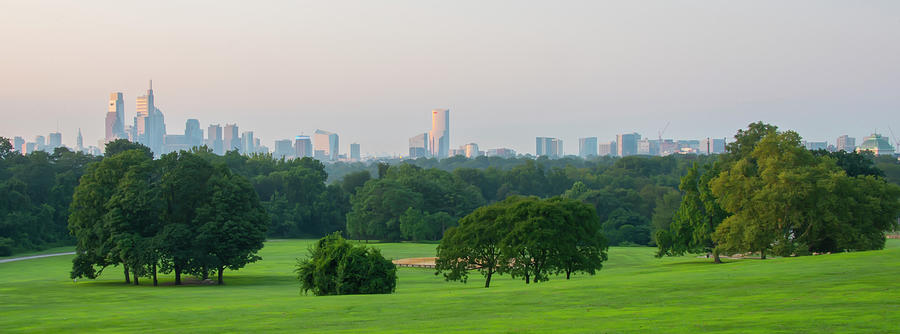

Regularly scheduled workshops offered the opportunity to continue to “deconstruct global, national, and local events, policies, and actions in relation to people power and acts of resistance/resilience across time, in order to reconstitute our collective histories.” Situated in the physical corridor of Perelman Building, the panorama provided context for the interweaving issues embodied within the project’s atmosphere, serving as a place of passage and learning as visitors enter into the galleries. In addition to providing information, it was also conceived as a platform for ongoing discovery, learning, and relationship building and continued to evolve over the course of the museum phase of the project. Reflecting the urgencies and relationships of collaborators from each of the project’s organizing “atmospheres” - Futures, Sovereignty, Reconstructions, Sanctuary, and Movement - the panorama presented images of resilience from across the city. This panorama held layers of soft data (personal narratives), local data (geographical information/policy), and connective metadata that reflects global and geographic systemic issues. The museum phase of Philadelphia Assembled hosted a large-scale indoor city panorama in the atrium space outside the Perelman galleries. Through a number of scheduled panorama workshops, we invited collaborators and visitors to contribute to the artwork and fill in what was missing. These ranged in scale from the personal, to the local, to the global.

Each panel suggested a new framework through which to see the shifting landscape of the city, addressing the histories that are often made invisible by dominant systems and linear understandings of time. This city panorama visualized the complex network of people, histories, and aesthetics that is PHLA. But all maps come with an agenda-as much as maps can reveal about a place or idea, maps also have the power to hide or distort truths.” New York: Dover Publications, c1976.“Maps are everywhere around us, ever present to help us navigate both public and personal geographies, or orient ourselves in communal and universal landscapes. Reprinted in: Old Philadelphia in early photographs, 1839-1914/edited by Robert F. Bethel Baptist Church in foreground, Old Swedes' Church steeple in background. In the background are Navy Yard, waterfront warehouses and docks, tall ships in the river. At the left middle corner, "De Soto Hotel". Residential and commercial buildings along streets. 6-7.įor commercial image use please contact Bridgeman Art, Īerial east view of the city, facing the Delaware River. 14) looks down upon the intersection of 2nd and Christian Streets and Moyamensing Avenue."-OPEP, p. 13) is along Carpenter Street, and the northwest view (No.

11 and 12) above Old Swedes' Church (with the white spire) and Bethel Baptist Church in Front Street. The tall ship houses and dry dock of the Navy Yard, and the waterfront warehouses and docks are visible in the east and east-southwest views (Nos.

"The old city as viewed from Sparks' shot tower, located not far from Old Swedes' Church in Southwark, appeared to be busy and crowded with residences as well as buildings for trade and commerce. Additional Title: East from shot tower, 1870 Media Type:


 0 kommentar(er)
0 kommentar(er)
